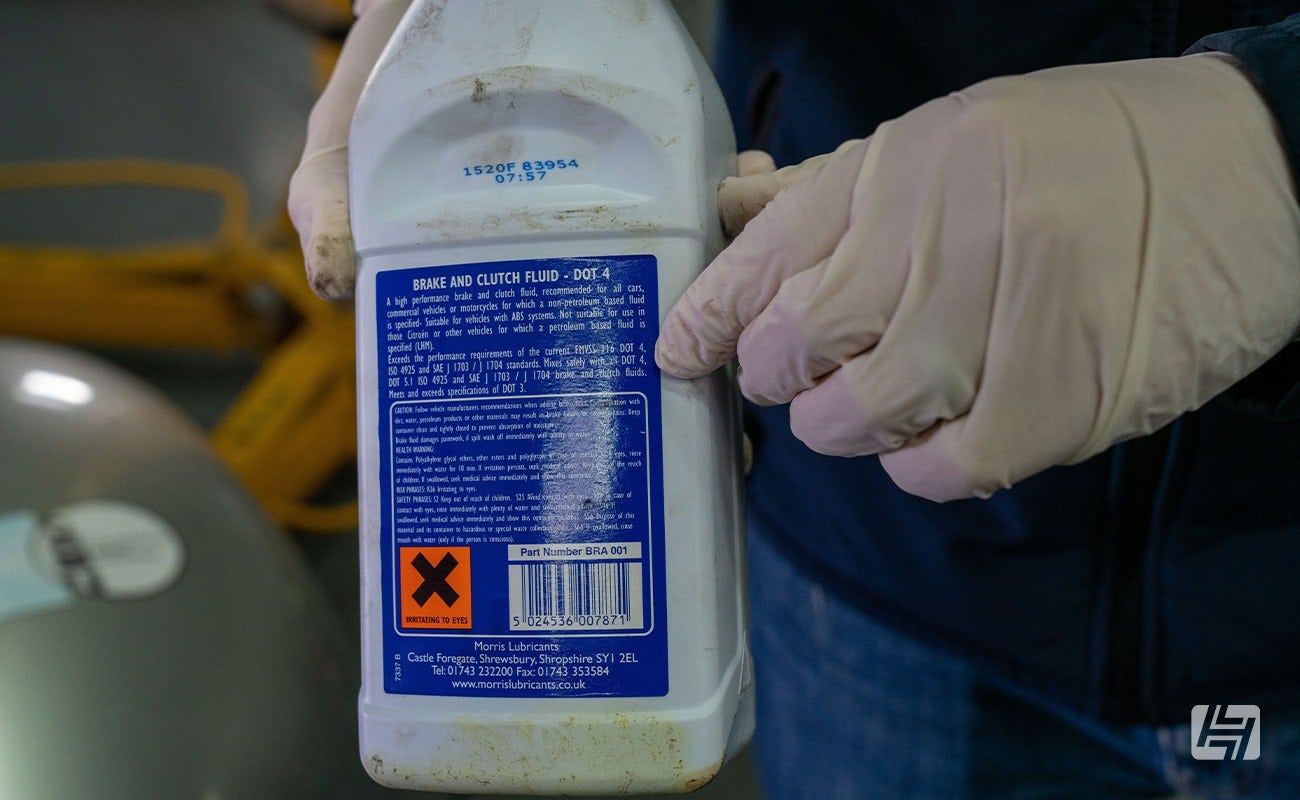

It could be water collected during your recent journey or from the AC. Spotting liquid underneath the car often sends people into panic mode. That said, it could be a sign of a leak in a brake line. New brake fluid and bleeding the brakes might be all you need. This is usually due to air bubbles in the system. What you’re actually feeling is a lack of hydraulic pressure. You’ll notice there’s less resistance to your foot than usual.Ī good way to describe it is “spongey.” It’s sort of soft and springy. The brake pedal feels different when the hydraulic brake fluid system doesn’t work properly. It’s worth driving your car to a mechanic to get it checked out. If it all looks good, there could be another issue at play. Also, lift the hood to look at the level in the master cylinder. One of the most important to check out is brake line leaks.Ĭheck the wheel in question for any evidence of brake fluid around the brakes. When the ABS light comes on, it could be a problem with any number of things. That fluid has gone somewhere! It needs investigating. Don’t just top it up and think nothing of it. Each time you press the pedal, the car becomes less able to stop.Įventually, you’ll notice low brake fluid levels in the master cylinder when you lift the hood. Over time, though – especially if you’re often braking like in city driving – the stopping force will get less. Unless there’s a colossal trauma and the line completely severs, they should continue working for a while. If there’s a severe leak, the fluid will squirt out of the car every time you press the pedal. The hygroscopic brake fluid won’t work so well as a result. Use engine braking to help you slow down, too. Improbable.Īvoid driving at any speed in the meantime. That is unless both lines developed a problem at precisely the same time. The dual-system design on modern cars means it should be safe to drive (gently!) to a nearby mechanic. It needs immediate investigation if it’s hard to bring the car to a stop using the brake pedal. Here’s a significant sign you should never ignore. They’re all indications that a brake line on your car needs replacing. Here are a few signs you should watch out for. How Do You Know When A Brake Line Needs Replacing? They aren’t regular service components, and, as such, manufacturers expect them to last indefinitely. Overall, it’s not plausible to give a timeframe for how long brake lines last. There’s nothing you could have done in any different way – there’s no need to blame yourself! Moisture build-up or factory defects mean these things just happen. Most people won’t ever have to think about their brake lines. You can expect most to last 100,000 miles or more. Many brake lines last as long as the car they’re fitted to. How Long Do Brake Lines Last? Most brake lines will last at least 100,000 miles.

It’s responsible for carrying too much pressure, and it’ll immediately fail again. You’ll need to replace whatever part of your brake line breaks. This is more likely in older cars that use standard steel instead of stainless and vehicles that have sat for many years. The most probable cause is rust causing a leak over time. It’s also possible for the main metal part of the line to become faulty. They can tear and twist and might eventually develop cracks and holes. Over time, the rubber parts of the line become brittle. As you might expect, these are far less sturdy than the main metal part. It’s most common to see the rubber part of the lines fail. You can’t do this alone unless you have a friend and know what you’re doing! Working with the brakes always takes two people (or a brake bleeding suction tool). When your brake line fails, you’ll need to pay for a new one. You can still refer to the system as having four brake lines – one to each wheel. If one brake line fails, this means your brakes should still work. Each line connects wheels at opposite corners (the front-right and rear-left, and vice versa). In modern cars, there are technically two brake line circuits. This bit is typically made of pressure-resistant rubber or braided stainless steel. They’re made of metal (stainless steel or copper), apart from a small flexible section right at the end. If there’s a leak (or air in the system), it won’t work well and will get worse quickly.
#Brake fluid replacement cost full#
Assuming it’s already full of liquid, you know that pushing the plunger forces the fluid in the same direction.

If gaps, holes, or cracks develop, the brakes won’t activate. They must maintain a constant hydraulic pressure without any leaks. It’s also called a brake pipe (the main metal part) and brake hose (the flexible part attaching to the caliper /wheel cylinder). A brake line transports brake fluid from the master cylinder to each wheel.


 0 kommentar(er)
0 kommentar(er)
